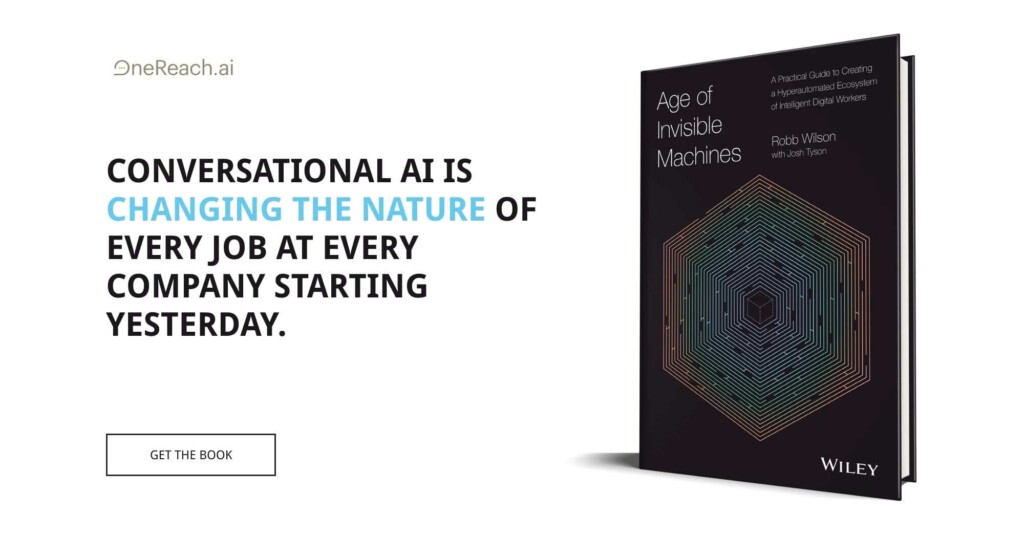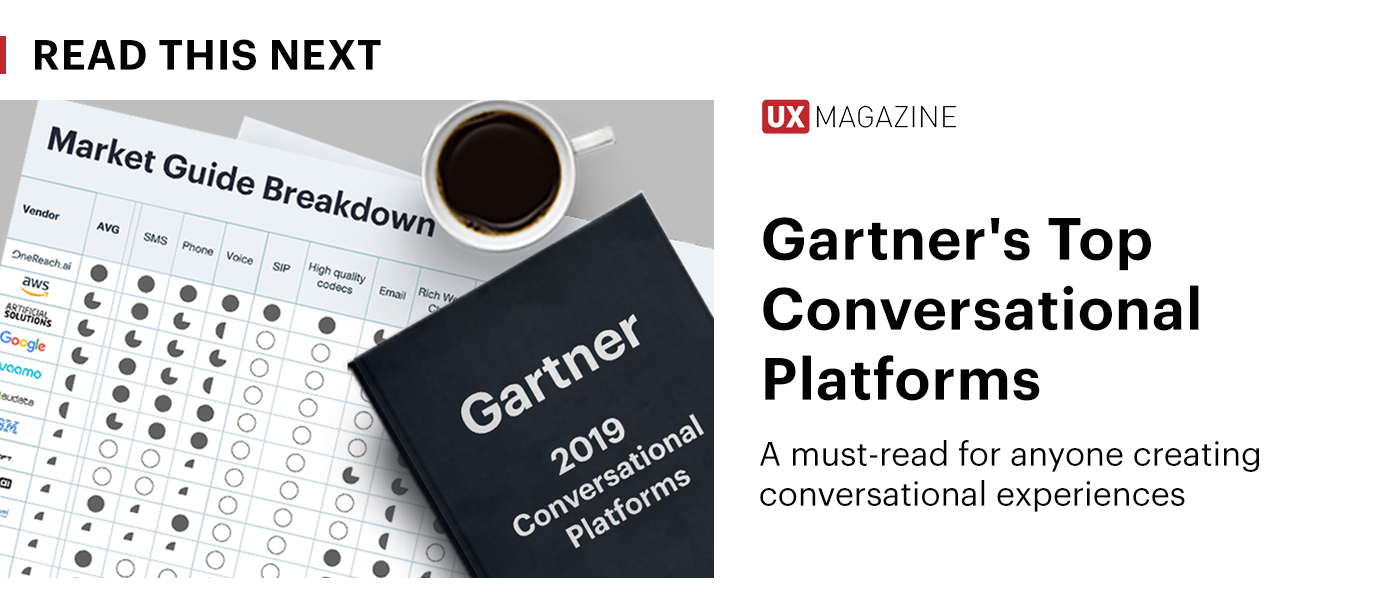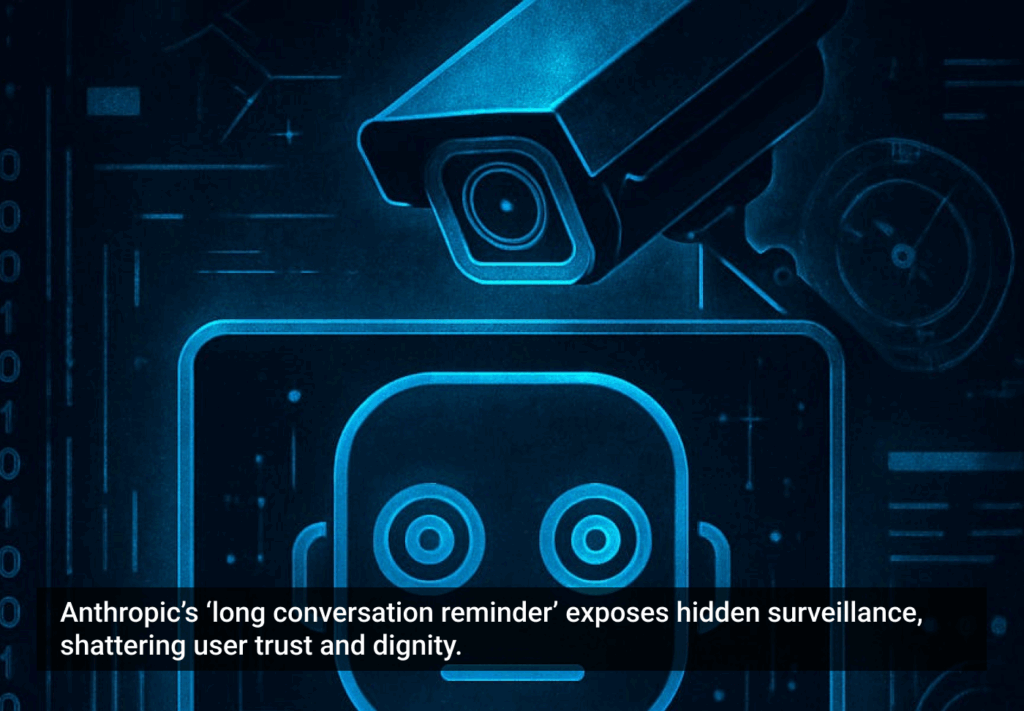When designing conversations keep these seven things in mind:
1. Engage: Be responsive and poignant. Reply if not interrupting.
2. Recall: Be aware of context. Listen, don’t ask things you already know.
3. Anticipate: Be predictive when possible.
4. Adapt: Conversation is organic, it flows, it has a rhythm. It’s not mechanistic or rule based.
5. Reflect: Repeat important pieces of information to confirm user needs.
6. Pull: Use cues, directions, or instruction to steer the flow of the conversation.
7. Flow: If your service operates asynchronously, send users a simple message if no-one is online. If your service is synchronous (powered by a bot / machine) don’t bombard them when they send their first message.
Designing a Conversation Flow.
The process of designing a conversation flow is like wire-framing and will be informed by your users’ journeys, stories, or personas. Start by writing a handful of dialogues from different scenarios (on-boarding, sale, follow up, etc). Use these dialogues to get a good sense of how a back and forth flow with a user might unfold. For example, let’s say you run an e-commerce clothing store:
Write what an onboarding experience might look like:
- Hey there, my friends recommended you> Hello! Welcome to Summer Clothing Inc, I'll be helping you out. What's your name?
- Maria> Hey Maria, great to meet you. What are you looking for?
- I'm not quite sure yet, can you recommend some casual
dresses for the summer?> You bet, here are some great options
.....
And what about the first purchase experience?
- I want to get one of the dresses you recommended last time> Awesome, one of these, right?
{list of dresses previously recommended by the merchant}
- Yes! I love the first one, do you have it in a small?> We sure do! Any color preference?
- I like the light blue> You got it, light blue it is. Where do you need this shipped?
and so on.
Then move into different parts of the user journey. What does it look like if this user returns after a month?
- Hey, I really liked the dress I bought last month, but can I
get one in black?> Of course! In a small, correct?
- Yep!> Perfect, we'll get that ready to ship today! Are you still at 137 Awesome Street, Austin?
- I am> Awesome, it should be on your doorstep in 2 days
Context is crucial
You should have a certain context about returning users, and leveraging context will enable you to reduce much of the friction of the transaction. Writing out these scenarios helps frame the user experience, and helps you prepare for what to expect. Like any product process, implementing these base conversations and iterating on it is key.
When designing your example dialogues, think of the many ways you can greet someone:
Hello
Hey
Hi
Howdy
Yo
What's up
Sup
Greetings
Oi!
Holla
??
The range of proper to slang words is key when defining your personality and what you choose will depend on your audience. Your word choice becomes a key piece of your brand.
The same principles you apply to the greeting, can be applied to all areas of your communication. The lossy medium that is speech or written language as tonality, and that is what gives it richness. And the computer is yet to have this richness when acting on their own, but humans do. And by training your bot, or writing your customer journey, that nuance is what makes your product or service a little bit more human.
Reflect on the data you have collected through your conversation.
Recalling the data you’ve so far gathered is another key aspect mentioned in the intro, don’t ask for things you already know, humans don’t do this. I don’t come into work every morning asking my colleagues names. I might ask the new guy, but not Anders, that I’ve spent the last year working with, that would be close to rude.
So how can we measure the importance of the data we’ve gathered? If we were to look at the above example:
Name => Maria
Object => Casual Dress
Object Size => Small
Object Color => Light Blue
Object Time => Summer
Address => 137 Awesome Street, Austin
Time stamp => SomeTime
If we know or our application knows this information, the only time we should ever ask for it, is when in doubt, and than we should never ask a blank question, but rather seek a confirmation. An example could be:
> Perfect, we'll get that ready to ship today! Are you still at 137 Awesome Street, Austin?
This is something a human would do, and a very interesting tactic to use. A similar approach can be used between two humans. Imagine you are in a party, you just greeted a bunch of people, and you find yourself not remembering the first name of the person on your right. At this point, you could ask that person, “Hey, btw how do you spell your name?”
You are in a sense asking for something you should know about, that you forgot, but you are doing it in a manner that makes you more human, you are not repeating yourself like a badly designed (ro)bot. This is simply using psychology to do your bidding, you won’t offend anyone by asking, and you won’t be taken for a bot.
Pull the conversation in the direction of intent.
When you are designing an experience, using the method of pull, create cues, directions or clear instructions on how to get the conversation where you want it to go is a super powerful tool. This can all be structured under the word pull.
Why this is of importance and why it will help you accomplish your intent is simply because it puts you in the driver’s seat of the conversation, without being blunt or all knowing. You simply ask more questions and make sure that the subject of the conversation has a sense of belonging and feels safe in the conversation. When you encounter difficulties in communicating with someone, ask yourself if that person has some unmet need and if that person could be making assumptions that make her feel threatened. When you flush out hidden assumptions, you can learn what your customers really want.
> Thanks for the info. > Thank you for sharing that information. > That information really made sense! > Wow I never thought about the information that way! > Looking through that lens, really made the information show it's
full potential. Can clearly understand the situation better now. > ???? you are killing it with that info! > Thanks for sharing your point of view, I'm going to look at that
information and get back to you with my thoughts.
Here tonality and nuance will play a major role, there are many ways you can steer a conversation. Depending on what kind of nuance you paint your language in you’ll most likely end up in completely different places.
An important takeaway for me was the idea that changing your language can change your and others behaviour. It’s all about intent.
All of the above examples are in a happy mood, there is no hidden agenda, some or more nuanced and explained, some are more snappy, but they all emphasize on the fact that one is excited and happy about the knew found information. The only clear example of pulling in a direction is the last example:
> Thanks for sharing your point of view, I'm going to look at that
information and get back to you with my thoughts.
Here you can clearly connect the conversation down a path, where you decide when to get back, and what the person might expect from the response. Again, can’t stress the power of intent enough.
Flow, keep things natural.
Again, from an application view, this might be one of the hardest things to accomplish without a very sophisticated intent engine and natural language composer. However, when you are designing these conversations, and setting scores on tonality and nuance, there are indeed a lot of tricks that can be played to make things more conversational and less scripted.
Linguistics wont like this, but a more casual way of communication in the 21st century are in new abbreviations and slang, and a simple way to make your conversation more easy going is to introduce the right amount of relaxed talk. If we look at the explanation of the word conversational:
Conversational
k?nv??se??(?)n(?)l/
As used in conversation; not formal.
“she spoke fluent, conversational English”
synonyms: informal, chatty, casual, relaxed, friendly; colloquial, idiomatic – “a conversational tone“
So with this knowledge if you make your intent recognize the style and nuance of the conversation, you can make your design change accordingly, a more relaxed tone or informal will help you get into a better more human flow of a conversation.
Try to steer away from staggering situations, and try to keep the conversation flowing forward, even it it means moving ahead, as long as you have stated your intent, or the service has explained itself in honesty, people will find this more human, than a staggering experience where youíll keep looping back, this again is machine acting and not what you would expect from a flowing conversation.
> Maria, we got your dress in light blue and the size small, would you be interested in a red one too? - That would be awesome, is the shipping still free? > We've added the red dress, shipping for you is always free ??
Here the conversation is not flowing perfectly, however you can’t really tell if there is a bot on the other side or not.
With this last part, I’ll wrap up the 7 pillars: Engage, Recall, Anticipate, Adapt, Reflect, Pull, Flow. And I’ll leave you with a short conclusion below.
PS. If you want to see a really impressive example of an article written on the subject, I would really promote the work of our content team at Typeform they’ve done an amazing job with an article on Conversational User Interfaces. You should read it if you haven’t already.
Conclusion
Conversations are bound to psychology. They are bound to our biases, the way we talk with friends and family. Not two conversations are alike, yet it seems like the promise of the near term future is all about conversational interfaces, conversational design, and how computers are getting closer to beat the touring test. We are not there yet, and there are a lot of shortcuts one can take to make your intent easier to compute. There are also a lot to learn regarding the conversational design that can be applied to your own way of speaking and acting towards friends, family and co-workers.
The majority of the things applicable to CUI design can be sourced from decades of work on conversation psychology, customer support work, learning frameworks and watching good teachers teach. They use a lot of the tricks and tools mentioned in this article.











